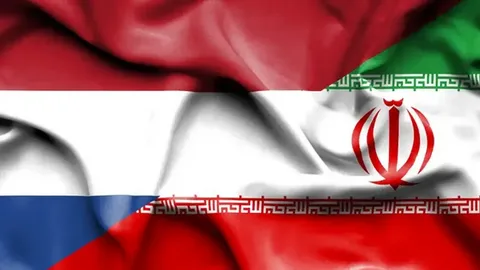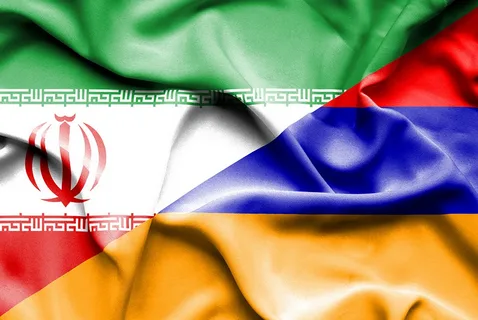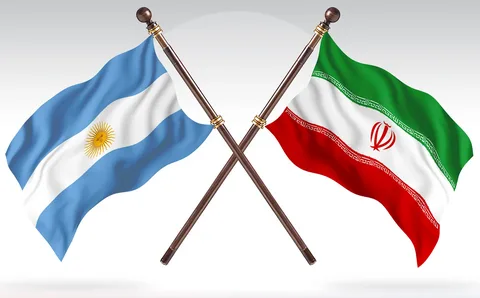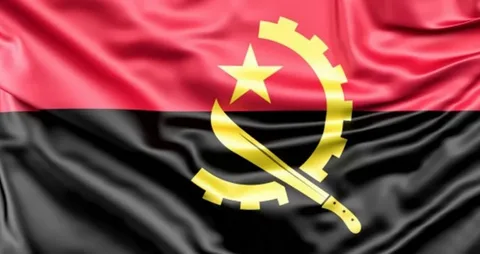Few nations understand the Iranian identity as intimately as Azerbaijan. The shared language, culture, faith, and even names that cross the Araxes River connect millions of people—not just politically or diplomatically, but ethnically and emotionally. Azerbaijan and Iran are not just neighbors; they are reflections of one another.
Now, as Iran faces an unprecedented wave of domestic protest, civil awakening, and generational dissent, voices from Azerbaijan are rising—not as outsiders, but as relatives, advocates, and allies. From Baku to Tabriz, from diplomatic halls to digital platforms, the sentiment is clear:
Azerbaijan stands with the people of Iran—not in interference, but in fraternal solidarity.
1. Shared Language, Shared Lineage
The Azerbaijani Population in Iran
Over 15 million ethnic Azerbaijanis live in northwestern Iran, particularly in the provinces of East Azerbaijan, West Azerbaijan, Ardabil, and Zanjan. These communities speak Azerbaijani Turkish, share cultural traditions with northern Azerbaijan, and have contributed immensely to Iran’s history—producing poets, philosophers, politicians, and military leaders.
Cities like Tabriz have been centers of both revolutionary thought and cultural synthesis for centuries. The ties between Iranian Azerbaijanis and the Republic of Azerbaijan are more than diplomatic—they are personal. Families, dialects, folklore, and values transcend the border.
2. Political Relations: Tensions and Mutual Respect
Recent Diplomatic Challenges
While Azerbaijan and Iran have maintained formal diplomatic relations since Azerbaijan’s independence in 1991, recent years have seen fluctuations due to geopolitical complexities, regional alignments, and competing interests in the South Caucasus.
However, even amid diplomatic strains—including mutual accusations and military exercises near shared borders—the people of both nations continue to express warmth and kinship.
This becomes particularly visible in moments of civil crisis. During Iran’s recent protest movements, Azerbaijani social media lit up with hashtags like #TabrizUyan (Tabriz, Wake Up) and #GüneyAzerbaycan, showing support for Iranian Azerbaijani protestors.
3. Civil Society in Baku: Echoes of Iranian Dissent
Youth and Activists Speak Up
Azerbaijan’s youth, especially those active in civil society and cultural discourse, have shown deep empathy for Iran’s protestors. University students in Baku have held forums and online discussions about the crackdown in Iranian cities, especially in Tabriz and Ardabil, where ethnic Azerbaijanis have participated heavily in protests.
Many Azerbaijani activists frame their support not as geopolitical, but as ethno-cultural solidarity—supporting their cross-border kin’s right to speak, assemble, and live freely without fear.
In 2022 and 2023, demonstrations in Baku called for the release of political prisoners in Iran’s Azerbaijani regions, especially activists advocating for linguistic rights and cultural recognition.
4. A Shared History of Repression and Resistance
From the Constitutional Revolution to Today
Iran’s 1905–1911 Constitutional Revolution was ignited in Tabriz—an Azerbaijani stronghold that became the heart of modern Iranian democracy movements. Many of its leaders were ethnic Azerbaijanis, who demanded not just cultural recognition, but political reform and the limitation of monarchy.
Azerbaijan’s own modern history—from Soviet rule to independence, from censorship to democratic reforms—mirrors many elements of Iran’s journey. Both nations know what it means to resist suppression. Both understand the danger of speaking up. And both continue to struggle with reconciling state power with civil liberty.
5. The Role of Media and Diaspora Networks
Amplifying Iranian Voices
Independent Azerbaijani media outlets, including Meydan TV, Turan News Agency, and Azadliq Radio, have covered Iran’s civil unrest with depth and nuance—often broadcasting in both Azerbaijani and Farsi. Special segments have been dedicated to Iranian Azerbaijani women, student movements in Tabriz, and the broader themes of ethnic minority rights in Iran.
Diaspora networks—especially in Turkey and Europe—have also formed bridges between Azerbaijani and Iranian opposition groups, hosting forums, issuing joint statements, and building channels for cross-border storytelling.
6. Religious and Cultural Parallelism
Shia Solidarity Reimagined
Both Iran and Azerbaijan are majority Shia Muslim nations, though their interpretations and implementations of religious governance diverge sharply. While Iran is governed by a theocratic framework, Azerbaijan is staunchly secular, with strong constitutional protections for religious freedom.
Despite this, both populations share religious customs, pilgrimage traditions, and cultural reverence for key Shia figures. During protests in Iran, Azerbaijani clerics emphasized the moral obligation of leadership to serve—not suppress—the people, referencing Imam Ali’s justice as a model of governance.
7. Government Caution, Public Sympathy
The Balance of Policy and People
Azerbaijan’s government has largely remained neutral in its official statements on Iran’s internal matters—likely due to strategic concerns and the need to avoid further escalating tensions.
However, the public mood, as expressed through digital platforms, cultural forums, and civil discourse, is one of deep sympathy. Especially among the youth, academics, poets, and regional commentators, there is growing pressure to ensure that ethnic and cultural solidarity is not eclipsed by political restraint.
Conclusion
For Azerbaijan, solidarity with Iran is more than foreign affairs—it is familial, linguistic, and historical. The connection runs through bloodlines, through poetry, through shared wounds and shared hopes.
As the people of Iran rise to claim their dignity, especially in Azerbaijani-majority cities like Tabriz and Ardabil, the people of Azerbaijan see their own reflection. They remember their revolutions. They recognize their struggles. And they reaffirm this truth:
Borders may divide land, but not loyalty.
Azerbaijan stands with Iran—not as a spectator, but as a brother.



